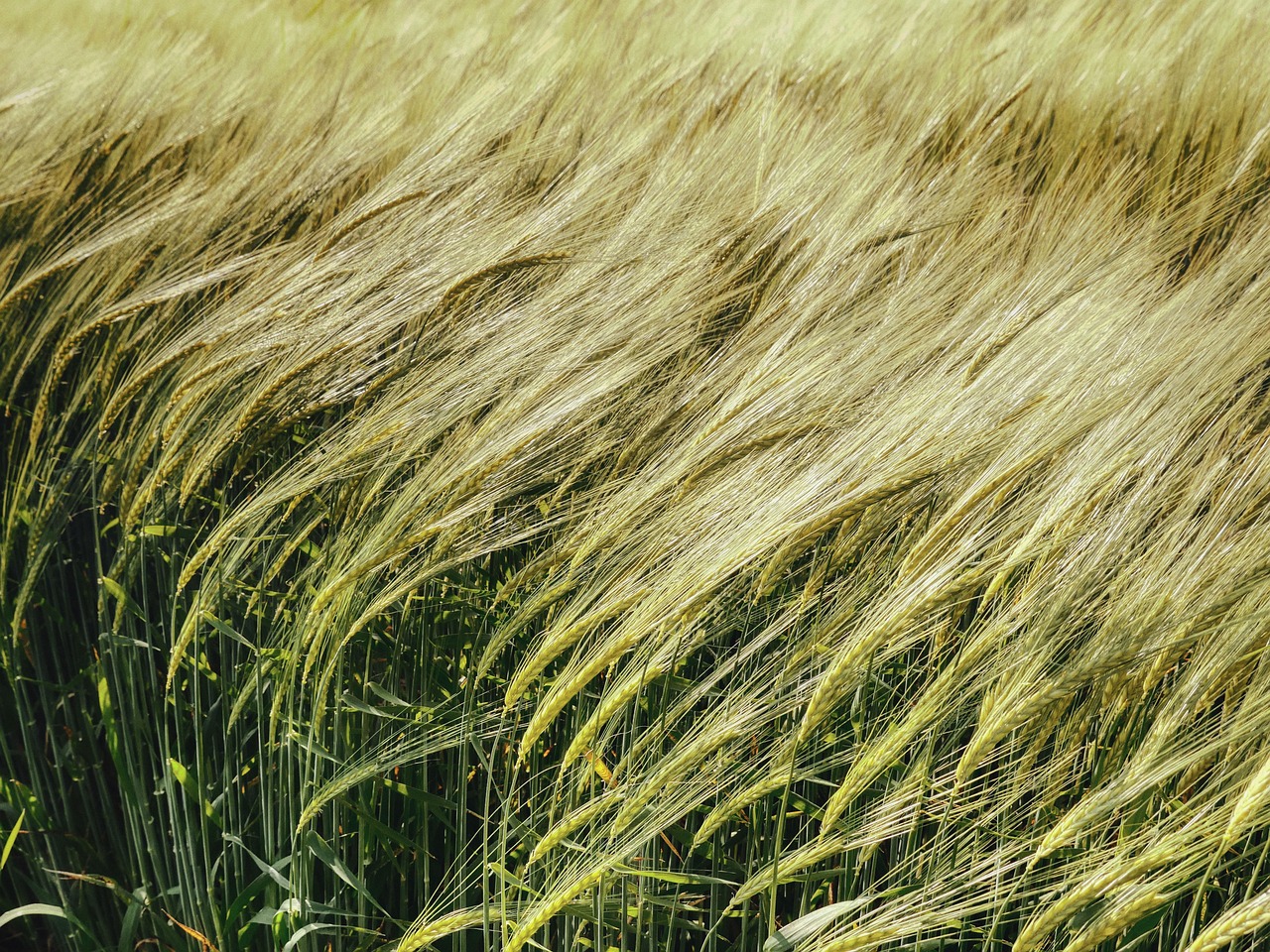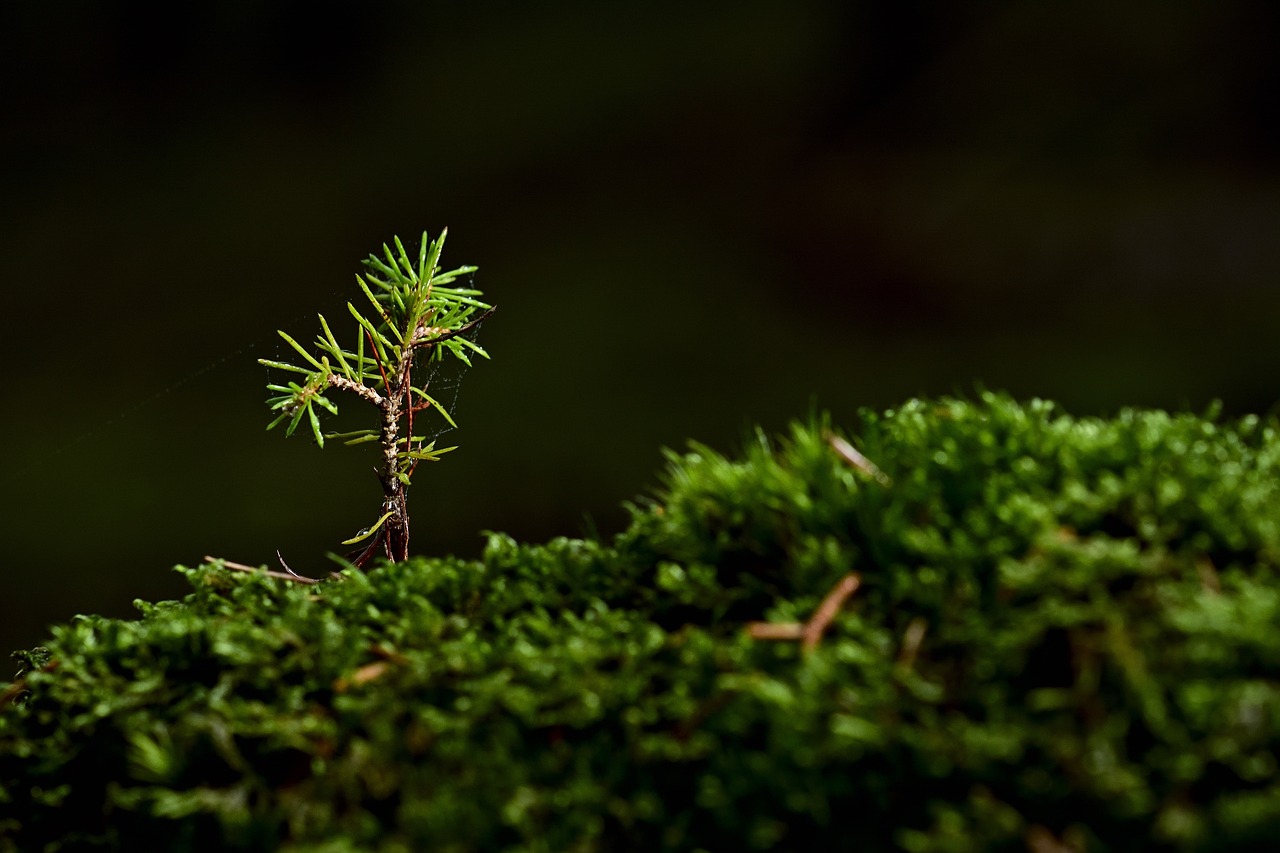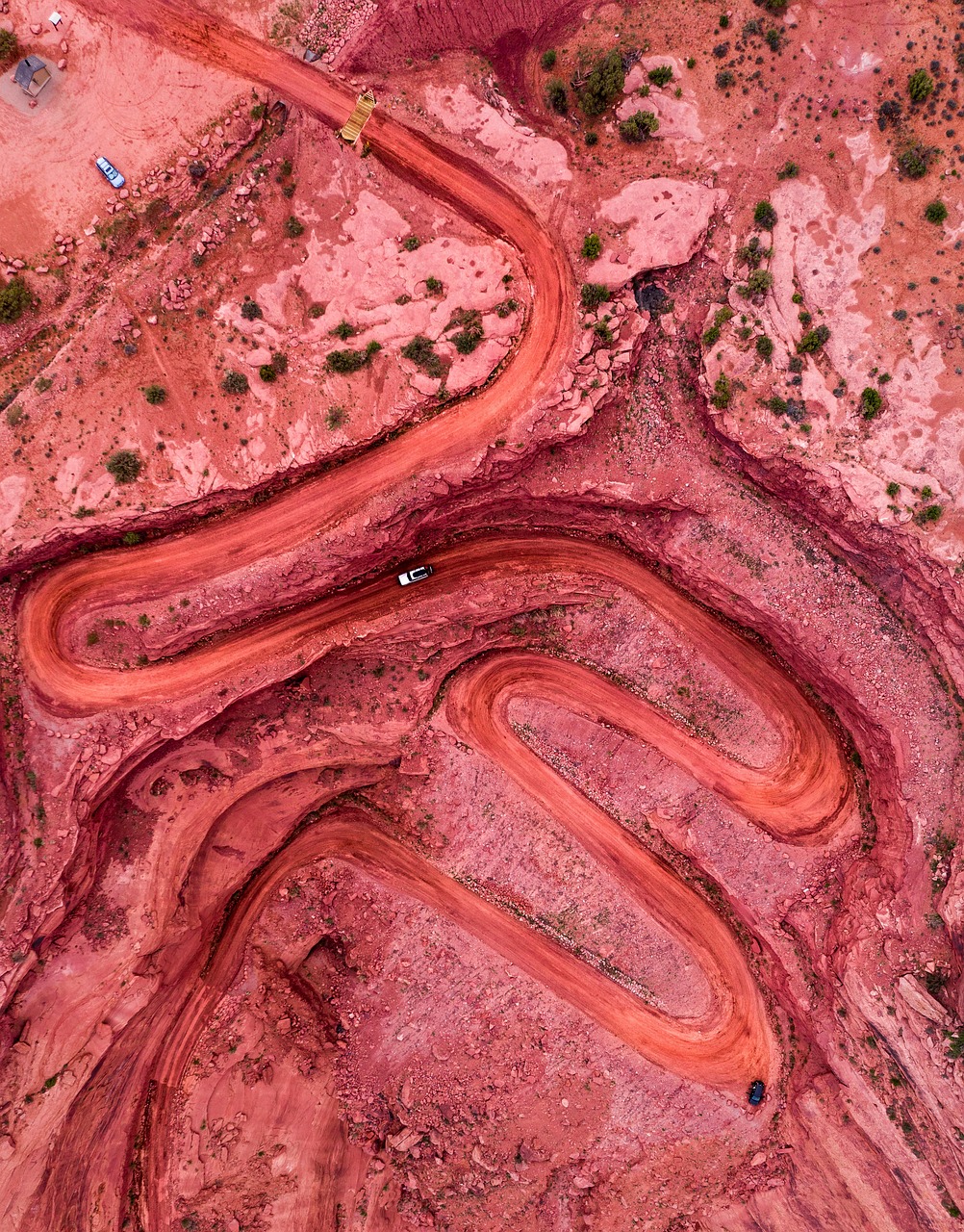The best way to grow a maple tree involves selecting well-drained, loamy soil, providing full to partial sunlight, and maintaining consistent watering to keep the soil moist but not soggy. This combination fosters healthy growth and vibrant foliage.
Maple trees are cherished for their stunning fall colors and the shade they provide in summer. Growing these trees successfully requires understanding their specific needs regarding soil, sunlight, and watering. By paying attention to these factors, gardeners can cultivate a robust and beautiful maple tree that thrives in its environment.
Soil quality is fundamental when planting a maple tree. Maple trees prefer well-drained, loamy soil that is rich in organic matter. Sandy soil can dry out too quickly, while clay soil may retain too much moisture, leading to root rot. Choosing the right soil type fosters strong root development, which is essential for the overall health of the tree.
Soil Requirements

When preparing to plant a maple tree, consider the following soil characteristics:
| Soil Type | Description | Recommended Actions |
|---|---|---|
| Loamy Soil | A balanced mixture of sand, silt, and clay. | Ideal for planting maple trees; add organic matter to enhance fertility. |
| Sandy Soil | Drains quickly but may lack nutrients. | Add compost or other organic material to improve moisture retention and nutrient content. |
| Clay Soil | Holds moisture but can become compacted. | Incorporate gypsum and organic matter to improve drainage and aeration. |
Sunlight Requirements
Sunlight is another critical factor in growing healthy maple trees. Most varieties thrive in full sun, which typically means at least six hours of direct sunlight daily. However, some maples can also tolerate partial shade. Here are some points to consider:
- Full Sun: Red and sugar maples prefer full sun for optimal growth and color.
- Partial Shade: Some varieties, like Japanese maples, can thrive in partial shade, especially in hotter climates.
- Avoid Dense Shade: Maple trees planted in dense shade may grow slowly and develop weak structures.
When selecting a planting location, assess the amount of sunlight the area receives throughout the day. This will help ensure the chosen spot meets the tree’s sunlight needs for healthy growth.
Watering Guidelines
Watering is crucial during the establishment phase of a maple tree. Newly planted trees require regular watering to create a strong root system. Here are some watering tips:
- Initial Watering: Water the tree thoroughly after planting to help settle the soil around the roots.
- Regular Watering: Keep the soil consistently moist for the first few months. A deep watering once a week is usually sufficient.
- Drought Conditions: During dry spells, increase watering frequency to prevent stress on the tree.
- Avoid Overwatering: Ensure proper drainage to prevent root rot; check soil moisture before watering again.
The combination of appropriate soil conditions, adequate sunlight exposure, and proper watering techniques will create an environment conducive to growing healthy maple trees. By understanding these elements, you can cultivate a vibrant landscape filled with these beautiful trees.
Choosing the Right Maple Tree Variety
Selecting the right variety of maple tree is essential for successful growth. Different species have distinct characteristics and requirements. Understanding these differences will help you choose a tree that fits well with your landscape and local climate.
Popular Maple Tree Varieties
Here are some commonly grown maple tree varieties, each with unique attributes:
- Sugar Maple (Acer saccharum): Known for its stunning fall color and sweet sap, this tree thrives in well-drained, loamy soil and full sun. It can grow up to 75 feet tall.
- Red Maple (Acer rubrum): This adaptable tree is famous for its brilliant red foliage in autumn. It tolerates a variety of soil types and can grow in partial shade.
- Japanese Maple (Acer palmatum): A smaller variety known for its ornamental appeal, this tree prefers partial shade and well-drained soil. It typically grows between 10 to 25 feet tall.
- Silver Maple (Acer saccharinum): Fast-growing and tolerant of wet soils, this tree has a broad canopy and provides excellent shade. It can reach heights of 50 to 70 feet.
Considerations for Selection
When choosing a maple tree variety, consider the following factors:
- Climate: Ensure the chosen variety is suitable for your local climate conditions.
- Size: Consider the mature height and spread of the tree to ensure it fits your space.
- Purpose: Decide if the tree’s primary purpose is for shade, ornamental value, or tapping for syrup.
- Soil Compatibility: Check if the soil type in your area matches the requirements of the chosen species.
Preparing the Planting Site
Proper site preparation is crucial for the successful establishment of a maple tree. Before planting, take the time to prepare the site adequately.
Site Selection
Choose a location that meets the sunlight and soil requirements discussed earlier. Additionally, consider these factors:
- Avoiding Competition: Select a site away from existing trees or shrubs that may compete for nutrients, water, and sunlight.
- Protection from Wind: If possible, choose a location sheltered from strong winds that could damage young trees.
- Disease Prevention: Ensure good air circulation around the planting site to reduce the risk of fungal infections.
Soil Preparation
Before planting, prepare the soil to provide an optimal growing environment:
- Clear the Area: Remove any grass, weeds, or debris from the planting area to reduce competition.
- Tilling: Loosen the soil by tilling to a depth of at least 12 inches. This improves aeration and root penetration.
- Add Organic Matter: Incorporate compost or aged manure into the soil to enhance fertility and drainage.
- Test Soil pH: Ensure the soil pH is between 6.0 and 7.5. Adjust with lime or sulfur as necessary.
Planting Techniques
The actual planting process is critical to ensure your maple tree establishes itself effectively. Follow these steps for successful planting:
- Digging the Hole: Create a hole that is twice as wide as the root ball and as deep as it is high.
- Positioning the Tree: Place the tree in the center of the hole, ensuring that the root flare is at ground level.
- Backfilling: Fill in around the roots with native soil, gently tamping it down to remove air pockets.
- Watering After Planting: Water thoroughly after planting to help settle the soil and establish moisture around the roots.
Implementing these techniques will promote healthy growth during the early stages of your maple tree’s life. With careful planning and attention to detail, you can set your tree on a path toward thriving in its new environment.
Maintaining Your Maple Tree

After successfully planting your maple tree, ongoing maintenance is crucial to ensure its health and longevity. Regular care will promote strong growth and a vibrant appearance. This section covers essential maintenance practices, including pruning, pest management, and fertilization.

Pruning Techniques
Pruning is an important aspect of maintaining the structure and health of a maple tree. Proper pruning encourages healthy growth and can prevent disease.
- Timing: The best time to prune maple trees is late winter or early spring before new growth begins. This timing minimizes sap loss and allows for better healing.
- Removing Dead or Diseased Branches: Regularly check for and remove any dead, damaged, or diseased branches. This helps prevent the spread of pests and diseases.
- Thinning: Thin out crowded branches to improve air circulation. This reduces the risk of fungal infections and allows more sunlight to reach the inner canopy.
- Shaping: Shape the tree to maintain a strong structure. Remove any branches that cross each other or grow inward.
Pest and Disease Management
Maple trees can be susceptible to various pests and diseases. Early detection and management are vital for keeping your tree healthy.
- Common Pests: Watch out for aphids, spider mites, and scale insects, which can damage leaves and sap. Regular inspections can help catch infestations early.
- Disease Indicators: Look for signs of disease such as discolored leaves, wilting, or unusual growths. Common diseases include leaf spot, powdery mildew, and root rot.
- Natural Remedies: Use insecticidal soap or neem oil to manage pests organically. These treatments are less harmful to beneficial insects.
- Consulting Professionals: If you notice severe infestations or diseases, consider consulting an arborist for targeted treatments.
Fertilization Practices
Fertilizing your maple tree appropriately supports its growth and overall health. Here are some key practices:
- Testing Soil Nutrients: Before applying fertilizer, consider testing your soil to identify nutrient deficiencies. Soil tests can guide you in choosing the right fertilizer.
- Type of Fertilizer: Use a balanced fertilizer with equal parts nitrogen, phosphorus, and potassium (N-P-K) to support overall growth. Organic options such as compost can also provide beneficial nutrients.
- Application Timing: Apply fertilizer in early spring as new growth begins. This timing allows the tree to absorb nutrients when they are most needed.
- Application Method: Spread the fertilizer evenly around the root zone, avoiding direct contact with the trunk. Water thoroughly after applying to help nutrients reach the roots.
Watering Throughout the Seasons
Watering is not just critical during the initial planting phase; it remains important as your maple tree matures. Understanding seasonal watering needs can help maintain optimal moisture levels.
Watering in Different Seasons
Each season presents unique challenges regarding moisture levels:
- Spring: As temperatures rise and new growth appears, ensure consistent moisture. Water deeply once a week if there is little rainfall.
- Summer: During hot months, your maple may require more frequent watering. Monitor soil moisture and increase watering frequency during dry spells.
- Fall: Gradually reduce watering as temperatures cool down. However, ensure adequate moisture levels before winter to support root health.
- winter: While trees are dormant, they need less water. However, if there are extended dry spells during winter, consider watering to prevent desiccation.
Signs of Insufficient Watering
Being aware of signs that your maple tree may not be receiving enough water is essential:
- Curling Leaves: Leaves that curl or wilt may indicate drought stress.
- Pale Foliage: Discoloration in leaves can signal that the tree is not getting enough moisture.
- Stunted Growth: A lack of water can lead to slow or stunted growth as the tree struggles to thrive.
By following these maintenance and watering practices, you can ensure your maple tree remains healthy and continues to flourish for years to come. Regular attention will foster a resilient tree capable of withstanding environmental stresses and enhancing your landscape’s beauty.
Common Missteps in Maple Tree Care
Even with the best intentions, there are common mistakes that gardeners can make when growing maple trees. Identifying these missteps can help you avoid them and ensure your tree thrives.
- Overwatering: While moisture is essential, too much can suffocate roots and lead to root rot. Always check soil moisture before watering.
- Neglecting Pruning: Failing to prune regularly can result in weak branches and poor air circulation. Remember to remove dead or crowded branches annually.
- Ignoring Soil Quality: Poor soil quality can hinder growth. Regularly test your soil and amend it as needed to maintain nutrient levels.
- Choosing the Wrong Location: Planting a maple tree in a location with inadequate sunlight or poor drainage can stunt its growth. Always consider the specific needs of the variety you choose.
Enhancing the Aesthetic Value

Maple trees not only provide shade but also add beauty to your landscape. You can enhance their aesthetic value through thoughtful landscaping and tree care practices.
Companion Planting
Consider planting companion plants that thrive in similar conditions as your maple tree. This can create a harmonious garden environment. Some options include:
- Hostas: These shade-loving perennials can thrive under maple trees, adding lush foliage.
- Ferns: Many ferns adapt well to the dappled sunlight beneath maple trees, creating a natural woodland feel.
- Shade-Tolerant Flowers: Plants like astilbe or bleeding heart can bring color to areas shaded by the tree.
Seasonal Interest
Maple trees are known for their seasonal beauty. Here are ways to highlight this:
- Spring: Emphasize the fresh green leaves and flowering blooms with complementary spring flowers.
- Summer: Create cool seating areas under the tree for relaxation during hot days, accentuated by colorful patio furniture.
- Autumn: The brilliant fall foliage is a highlight of maple trees. Consider adding decorative elements like pumpkins or fall wreaths to enhance the autumn scene.
- winter: Even in winter, bare branches can be beautiful. Use outdoor lighting to illuminate the tree and create a stunning winter landscape.
Tapping for Maple Syrup
If you grow a sugar maple, you might consider tapping it for syrup production. This is a rewarding activity that combines care for your tree with a delicious output.
Basic Tapping Guidelines
Here are some basic steps for tapping your maple tree:
- Selecting the Right Tree: Choose trees that are at least 10-12 inches in diameter for tapping.
- Tapping Season: The best time to tap is in late winter or early spring when temperatures fluctuate between freezing at night and above freezing during the day.
- Tapping Procedure: Drill a hole into the tree, insert a tap, and hang a collection bucket or bag to catch the sap.
Tapping requires careful consideration to avoid damaging the tree. Make sure to follow best practices to ensure the health of your maple while enjoying the sweet rewards of your labor.
Final Thoughts
Caring for a maple tree involves a harmonious blend of understanding soil requirements, providing adequate sunlight, and maintaining proper watering practices. By selecting the right variety, preparing your planting site, and adhering to essential maintenance techniques, you can cultivate a healthy and vibrant maple tree that enhances your landscape.
As you nurture your maple tree, remain vigilant against common pitfalls and take advantage of seasonal beauty to create an inviting outdoor space. Whether you choose to enjoy your tree’s shade in summer, its vibrant fall colors, or even tap it for syrup, your efforts will yield lasting rewards. With patience and care, your maple tree will grow strong and provide beauty for generations to come.
